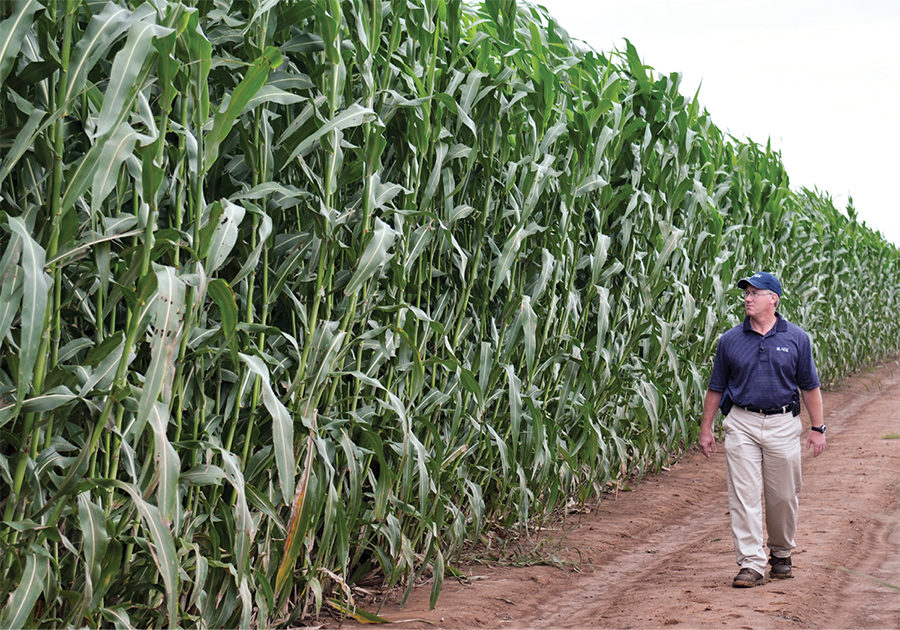No-Till Farmer
Get full access NOW to the most comprehensive, powerful and easy-to-use online resource for no-tillage practices. Just one good idea will pay for your subscription hundreds of times over.

Corn and soybeans have been the main crop sources for producing energy fuels, such as ethanol, biodiesel and biomass. But in the quest for the most efficient energy feedstocks, perennial grasses like switchgrass and miscanthus, oilseeds like camelina, and short-rotation woody crops such as hybrid poplars are beginning to emerge as viable energy crops for U.S. farmers.
Blade Energy Crops, based in Thousand Oaks, Calif., has been on the leading edge of the emerging energy crop business, and now offers two seed product lines for farmers looking to get in on the ground floor — switchgrass and high-biomass sorghum.
“We sell these products across the country for bioenergy purposes,” says Frank Hardimon, sales director for Blade Energy Crops. “We’ve been working in this industry for 5 years, and Blade has been selling seeds for energy crops for 2 1/2 years.”
Sources believe that switchgrass, in particular, holds promise for no-till in the Midwest because the crop provides substantial environmental benefits and can thrive with minimal inputs. Studies show that switchgrass does well on marginal land that isn’t well-suited to row-crop production, or land that’s currently enrolled in the USDA’s Conservation Reserve Program (CRP).
“New markets are developing across the U.S. in response to the increasing demand for renewable energy,” Hardimon adds. “But it’s going to take time for these markets to get up to full swing.
“While the use of switchgrass as an energy crop has been the subject of scientific investigation for the past couple of decades, large-scale commercial…